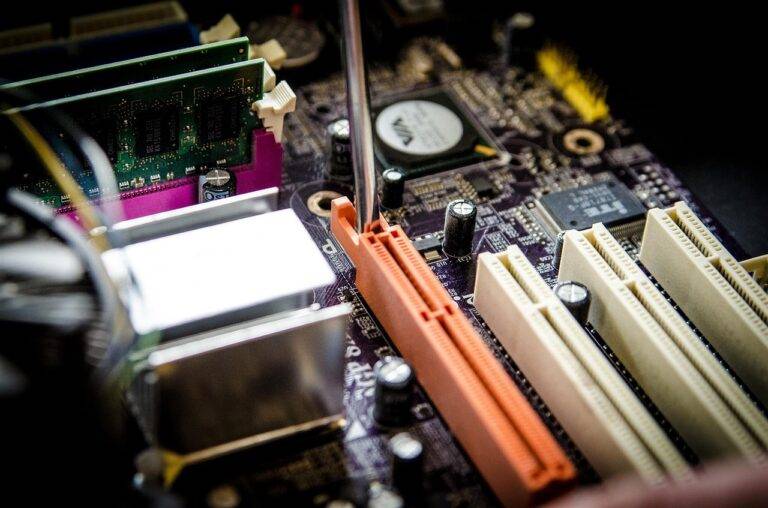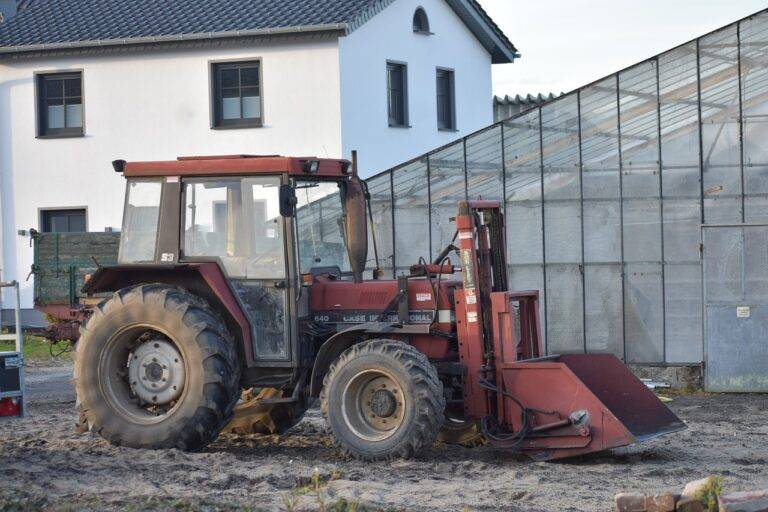Tech for Environmental Restoration: Innovative Practices
In recent years, the intersection of technology and environmental restoration has led to innovative practices that are revolutionizing the way we approach conservation efforts. From drones to artificial intelligence, these technological advancements are changing the game when it comes to restoring ecosystems and combating climate change. In this article, we will explore some of the most cutting-edge tech solutions that are being employed for environmental restoration.
Drones for Aerial Surveys
One of the most exciting developments in environmental restoration is the use of drones for aerial surveys. These unmanned aerial vehicles can capture high-resolution images of landscapes, allowing conservationists to monitor changes in vegetation cover, detect illegal logging activities, and assess the health of ecosystems from above. Drones have become an invaluable tool for environmentalists, providing critical data that can inform restoration efforts.
Remote Sensing Technologies
Remote sensing technologies such as satellite imaging and LiDAR are also playing a crucial role in environmental restoration. These technologies can map out terrain, identify biodiversity hotspots, and track changes in land use over time. By analyzing data collected from remote sensing devices, conservationists can develop targeted restoration plans that maximize impact and preserve biodiversity.
Bioremediation Techniques
Bioremediation is a process that uses biological organisms to remove or neutralize pollutants in the environment. This technique has been successfully employed in restoring contaminated sites such as abandoned mines, oil spills, and industrial waste sites. By harnessing the power of microbes, plants, and fungi, bioremediation can help clean up polluted environments and restore them to their natural state.
Artificial Intelligence for Data Analysis
Artificial intelligence (AI) is revolutionizing the way we analyze and interpret environmental data. By using machine learning algorithms, AI can process vast amounts of information quickly and accurately, allowing researchers to identify patterns, trends, and anomalies in ecological data. AI can help conservationists make informed decisions about where to focus their restoration efforts and how to maximize the impact of their interventions.
Aquaponics and Vertical Farming
In urban areas where land for traditional agriculture is scarce, aquaponics and vertical farming are providing sustainable alternatives for food production. These innovative farming practices use less water and land than conventional methods, making them ideal for restoring degraded landscapes and promoting biodiversity. By growing food in controlled environments, aquaponics and vertical farming can help reduce the pressure on natural ecosystems and support local communities.
Blockchain Technology for Transparency
Blockchain technology is being used to promote transparency and accountability in environmental restoration projects. By creating immutable records of transactions and data, blockchain can help ensure that funds are being used efficiently and that projects are meeting their goals. This technology is particularly useful for tracking the impact of restoration efforts over time and holding stakeholders accountable for their contributions to conservation.
Conclusion
As technology continues to evolve, the possibilities for environmental restoration are endless. By harnessing the power of drones, remote sensing, bioremediation, artificial intelligence, aquaponics, vertical farming, and blockchain, we can take bold steps towards restoring our planet’s ecosystems and combating climate change. With these innovative practices, we can create a more sustainable future for generations to come.
FAQs
Q: What are some benefits of using drones for environmental restoration?
A: Drones can capture high-resolution images of landscapes, monitor changes in vegetation cover, detect illegal activities, and assess ecosystem health from above, providing critical data for restoration efforts.
Q: How can artificial intelligence help in environmental restoration?
A: Artificial intelligence can process vast amounts of data quickly and accurately, helping researchers identify patterns, trends, and anomalies in ecological data to make informed decisions about restoration efforts.
Q: What is the role of blockchain technology in environmental restoration?
A: Blockchain technology promotes transparency and accountability in restoration projects by creating immutable records of transactions and data, ensuring that funds are used efficiently and projects meet their goals.





